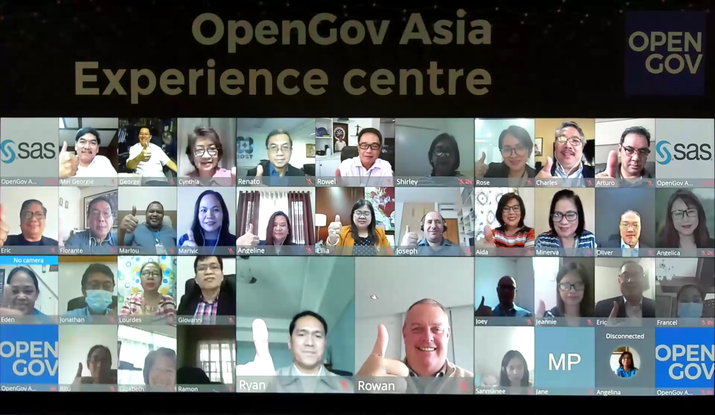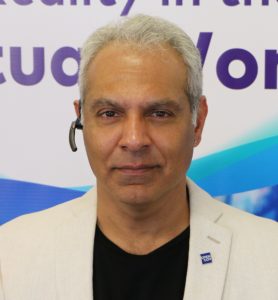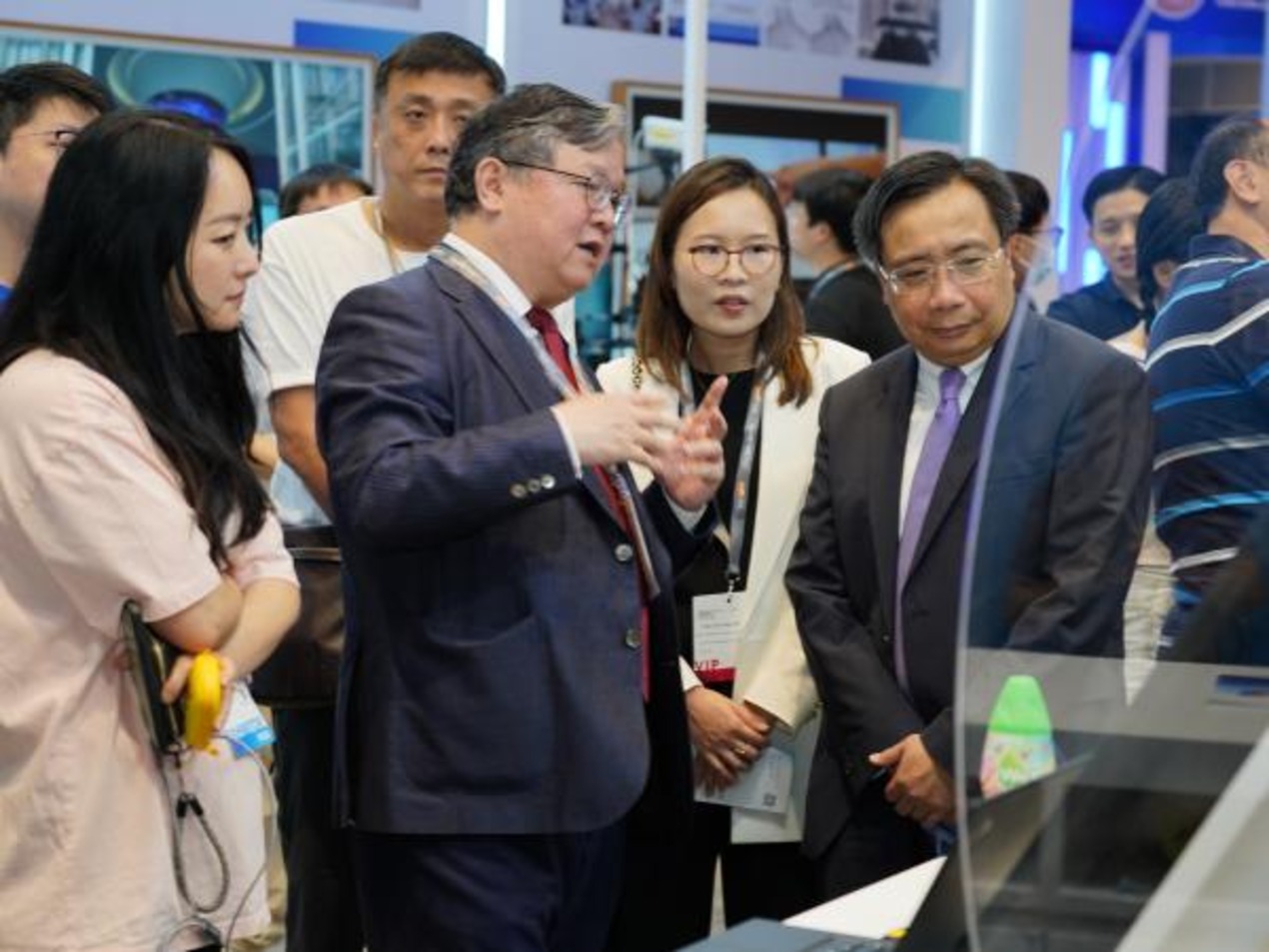
OpenGov Asia organised another successful Virtual Breakfast Insight as a part of its public sector series in the Philippines with delegates from various a wide spectrum of government agencies. Held on 6th August, the event witnessed an amazing attendance of 31 delegates from 23 different agencies in the Philippines. The objective of the event was to empower the agencies from the Philippine government with advanced data and analytics to serve its citizens more effectively and efficiently.

Mohit Sagar, Group Managing Director and Editor-in-Chief, OpenGov Asia, set the tone for the discussion by highlighting the pain and pressure on governments over the last four 4 months.
Governments are dedicating all their energy and resources to provide whatever is necessary to maximise the wellbeing of its citizens.
Even as governments have been working hard to protect residents, they have been collecting huge volumes of data from the general public. This data has been for logistical purposes, tracking and tracing, infection control and overall citizen care.
In such times, Mohit said, the role of leaders becomes very important. Leaders not only manage the response to the crisis but also the recovery and path to a better future.
Technology is a powerful tool to communicate and connect with people and has the potential to lead to a better life ahead.
Mohit concluded his opening on an optimistic note, pointing out that in a crisis danger and opportunity coexist.
With the right mindset and right people around, one can capitalise on opportunities that present themselves.

After Mohit, Ryan Guadalquiver, Country Manager for SAS Philippines presented his unique and informative perspective. Ryan began by sharing his organisation’s view on how they see governments handling the current crisis due to COVID–19.
He explained the process as phased approach with the following 3 stages:
- Respond
- Recover
- Reimagine
To expound on the Respond stage, he shared about collaboration with governments in India and the United States to predict their medical infrastructure requirements using SAS’s data analytics.
Similarly, during the Recovery stage, SAS worked closely with government agencies to prepare them as they were getting ready to reopen their economies.
He then threw some light on SAS’s legacy of working with government agencies and helping them solve problems.
Ryan gave examples of recent work done with different organisations to support them in serving citizens during the pandemic to help the country recover economically. Some of these organisations include Southern Philippines Medical Centre, Globe Telecoms and few other agencies.

After Ryan, Joseph Musolino, Global Sales and Strategy Consultant Fraud and Security Intelligence, SAS spoke on the topic from another angle.
Joseph began by sharing interesting statistics that pointed to the fact that organisations globally consider Machine learning and AI as the most significant data initiatives for the next year.
Joseph opined that the focus for these countries should now be to take AI and Analytics to enterprises and make both these technologies faster and easier to deploy.
He highlighted some of the areas where governments are currently deploying advanced analytics to strengthen their delivery mechanisms.
They include – Customs, Pandemics, Medical, Taxation and Judicial systems.
In order to give the audience a detailed understanding of how exactly the theory plays out, he demonstrated real-life situations where analytics had helped the government serve citizens better.
He concluded by informing the delegates about their new platform which is a step forward into next-gen analytics.

After Joseph’s useful insights, Rowan Dollar, Chief Information Officer, Department of Human Services (SA) shared his thoughts and learnings with the delegates. He shared a video on how AI and advanced tech are helping protect the marine life in Darwin, Northern Territory, Australia.
This is a true example of the government utilising technology to innovate and solving a major environmental problem.
The naturally rich Darwin reef had so many different species of marine life that were not known to authorities. This prevented them from conserving these species and taking proper care of the natural habitat.
They decided to use AI-powered cameras that enabled observing, identifying and counting different fish species through the coloured water and other particulate matter in it. This use of technology helped the government better understand marine life and allocate the resources in the right direction.
After Rowan’s presentation, the session proceeded to the interactive polling session where delegates responded to a series of questions.
On the question of the area in your organisation that needs to develop most to respond more efficiently to the next COVID – 19, the audience was split between answer (2) integrated operations model to keep the government running efficiently and sustainably (30%) and answer (3) use of data and analytics to improve situational awareness for real-time decision making (36%).
A senior delegate from the Philippines Customs Department shared that he voted for (3). The department had initially loosened the flow of medical supplies and equipment in and out of the country during the pandemic but realised that it increased the risk of illegal trade activities.
Using analytics helped them identify and work out the discrepancies in the demand and supply of certain goods and services in the country.
On the next question of how the pandemic has changed how your agency/department functions, the audience showed a mixed response between answer (1) more reliant on social/communication technology (37%) and answer (4) understanding how to mobilise our workforce to support working from home (28%).
A delegate from the National Economic and Development Authority reflected that he voted for (4) as he felt it important to make sure that people’s efficiency was not getting impacted adversely. This requires making sure that they have access to the right kind of technology to do that.
On the final question: if advanced analytics and AI are a higher priority of your organisation as a result of the COVID – 19 pandemic, the audience was split between Strongly Agree (37%) and Agree (46%).
A senior member from the Philippines Charity Sweepstakes Office shared that all government agencies want to use data and analytics in their functions, but procurement becomes an issue. Governments are under a lot of scrutiny to make sure that the privacy of citizens’ data is not compromised.
The session then came to a conclusion with closing remarks from Joseph. He highlighted major data-related and connectivity challenges in the Philippines and how a focused approach could solve the multiple problems around them. He thanked all the delegates and speakers for contributing to the event and adding to each other’s knowledge on the subject.

















